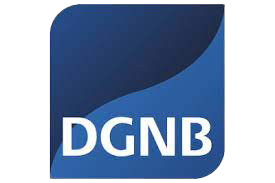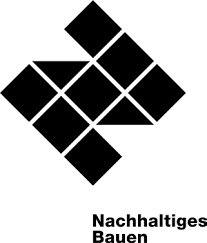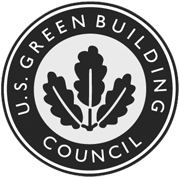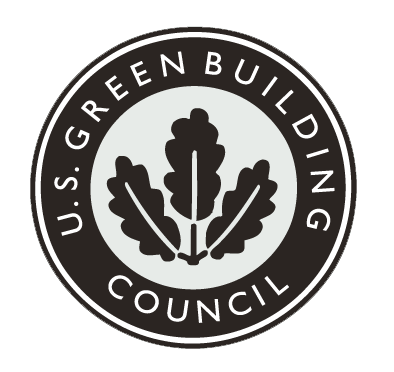Into the future with certified green buildings
Green buildings are buildings developed under sustainable aspects: “green” buildings. Special consideration is given to minimising the consumption of energy and resources, reducing the environmental impact and improving the overall economy of a building. This circular economy reduces primary raw materials and conserves resources.
There are many different building certifications worldwide that assess both sustainable Building construction and the sustainability of existing properties.
Cast iron drainage pipe system - the best choice for building certifications
With cast iron as a material, you can easily meet the requirements of the certifying organisations. Planning errors due to the selection of unsafe products can mean expensive mistakes. Stay on the safe side and directly plan cast iron drainage systems for your building project.






